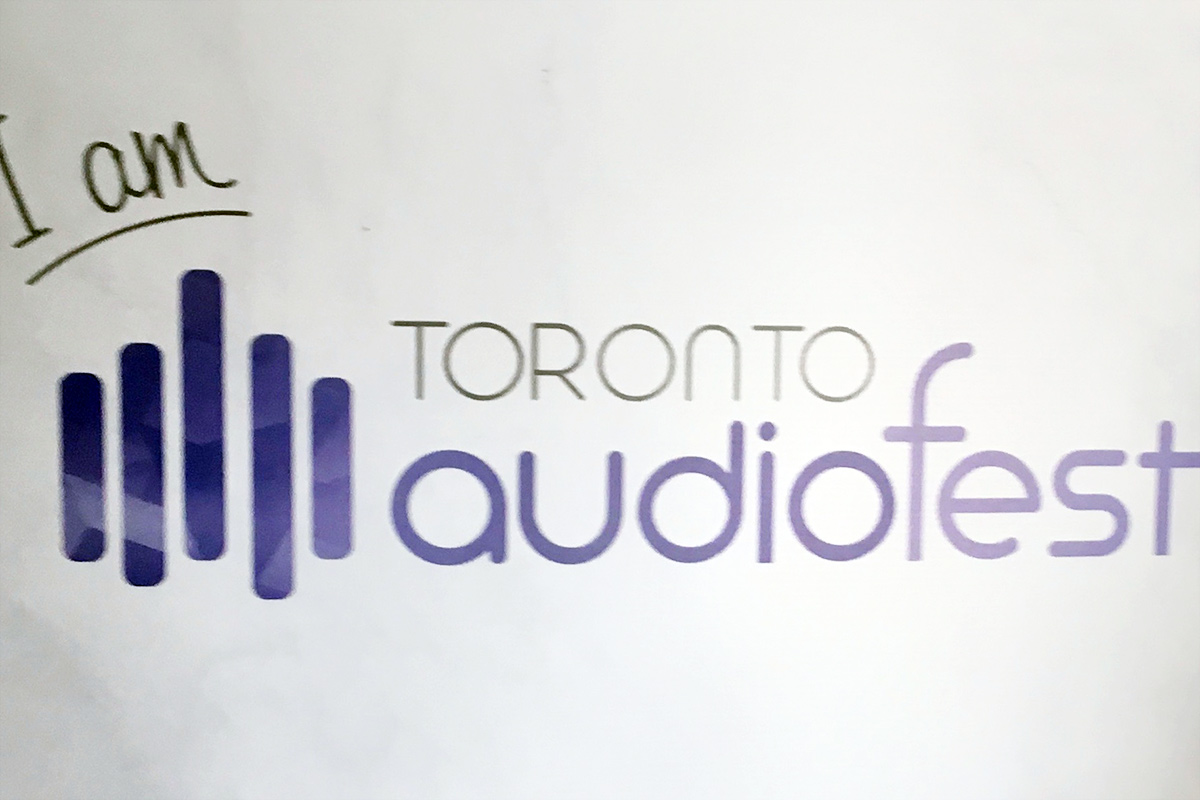
- Written by: Gordon Brockhouse
This fall marked the 10th anniversary of file-based, high-resolution audio playback. The New York City-based website HDtracks opened its virtual doors in March 2008; in October of that year, it added to its catalog 24-bit/88.2kHz and 24/96 FLAC files.

- Written by: Gordon Brockhouse
Sometime soon, hopefully before the end of 2018, North American audiophiles will have their choice of two high-resolution music-streaming services. One of them is a familiar name -- now available in 57 countries, Tidal has been operating in North America since 2015. The other is a relative unknown, at least on the west side of the Atlantic.

- Written by: Gordon Brockhouse
Toronto has a new audio show. The first-ever Toronto Audiofest was held at the Westin Toronto Airport Hotel October 19-21. In one year, it has effectively supplanted the Toronto Audio-Video Entertainment Show (TAVES), which began in 2011 but gradually lost its way.

- Written by: Gordon Brockhouse
A year ago this month, my missus and I made a life-changing decision. We would sell the Toronto home where she had lived for 26 years, and move to a smaller house in the same neighborhood. Our kids had long since left the nest (lucky us!), and that big five-bedroom house was way more real estate than we needed. Downsizing would free up money for our retirements (we are now both, officially, geezers) and simplify our lives.

- Written by: Sathyan Sundaram
Music lovers have been trying to solve a problem ever since they began collecting recordings: How to have convenient access to large music libraries?
Read more: Time to Celebrate: Five Years of Google Chromecast

- Written by: Brent Butterworth
Last month, I talked about the advantages that voice command can bring to audio enthusiasts -- and the complications that limit its applicability to music listening. This month I talk in a bit more depth about the prospects for voice-command technology: How much better can voice-command systems get, and might they someday be the primary user interface for audio systems?

- Written by: Brent Butterworth
I’ve reacted with hostility to many audio writers’ musings about smart speakers. I’m beginning to wonder if I’ve been wrong.

- Written by: Al Griffin
High End 2018, in Munich, Germany, was packed with introductions of streaming products. While much of the gear displayed was at the upper end of the hi-fi price curve, there were also a number of new integrated amplifiers and wireless speakers -- from companies such as Technics, Cambridge Audio, and Cocktail Audio -- that can be had for more reasonable prices. What follows is a list of Simplifi-approved products I ran across during my time roaming the halls of the MOC in Munich.

- Written by: Al Griffin
Recently, I reviewed the JBL Link 500, a Wi-Fi speaker that incorporates the Google Assistant platform. To me, being able to question a speaker about the weather for the upcoming weekend, and to get a personalized response based on data Google had previously collected, seemed more a novelty than a great technological leap forward. Still, while the idea of having a speaker in my bedroom with a built-in microphone that relays data to Google’s servers didn’t make me paranoid, I was glad that the Link 500 also has a button for switching that microphone off.

- Written by: Al Griffin
When Apple released its new HomePod smart speaker in early 2017, most early reviews echoed the same sentiments: the sound is impressive; the contribution of Siri, the company’s digital assistant, much less so. A review in the New York Times raved about how much better the HomePod’s audio quality was than those of similar offerings from Amazon and Google, but went on to bash the Apple for its inability to summon rides from Uber.

- Written by: Al Griffin
Recently, on seeing the Apple Music app on my phone, a friend’s kid smirked. The problem? Apparently, I’d decided to spend my money on uncool Apple Music rather than on cool Spotify. Lame!
- CES 2018, Simplifi’d
- Farewell, CES
- Room Tunes
- Social Streaming
- CEDIA 2017, Simplifi’d
- Classical Prime Time
- The Röst Reconsidered
- High End 2017, Simplifi'd
- Vinyl: There's an App for That
- Metadata: Life with Roon
- The Internet and Audio: The Good, the Bad, and the Impossible
- The State of Streaming
- CES 2017, Simplifi'd
- Why "Simplifi"
SoundStage! Simplifi is part of
All contents available on this website are copyrighted by SoundStage!® and Schneider Publishing Inc., unless otherwise noted. All rights reserved.
This site was designed by RocketTheme, Karen Fanas, and The SoundStage! Network.
To contact us, please e-mail info@soundstagenetwork.com





